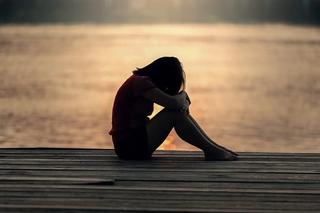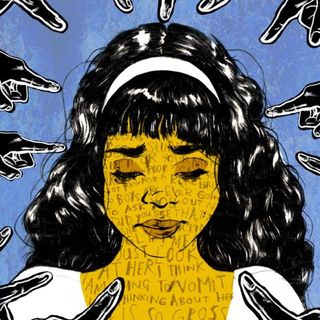
Study: Loneliness Peaks in Your 20s, 50s and 80s
A new study pinpoints the age groups affected by the ‘loneliness epidemic.’

Public health officials have warned of rising rates of loneliness around the world in recent years, and now, a new study by researchers at the University of California San Diego School of Medicine, US, has revealed ages where interventions might be most effective. While moderate to severe loneliness persists across the adult lifespan, they found, the feeling peaked during three age periods: late-20s, mid-50s and late-80s.
Loneliness was also more prevalent than expected, they say, as they found that three-fourths of study participants reported moderate-to-high levels of loneliness, using a well-established assessment scale.
“This is noteworthy because the participants in this study were not considered to be at high risk for moderate to severe loneliness. They didn’t have major physical disorders. Nor did they suffer from significant mental illnesses such as depression or schizophrenia, in which you might expect loneliness to be problematic,” says Dr Dilip Jeste, a professor of psychiatry and neurosciences at the university and the director of its Center for Healthy Aging. “Though there were clear demographic limitations to the group, these participants were, generally speaking, regular people.”
The study was conducted on 340 people, between ages 27 and 101, and excluded those who had serious physical or psychological ailments, or were living in nursing homes or required assistance.
Read more: Is a Loneliness Minister Really Necessary? Yes, Actually.
Jeste along with the team say that although mild loneliness was seen, which is common and expected to occasionally appear throughout adult life, they also discovered that the severity of loneliness and age shared a “complex relationship,” irrespective of gender. On the plus side, says first author Dr Ellen Lee, a research fellow in geriatric mental health, this means there is a strong inverse association between wisdom and loneliness. People who were deemed wiser were less lonely. “That may be due to the fact that behaviors which define wisdom, such as empathy, compassion, emotional regulation, self-reflection, effectively counter or prevent serious loneliness,” she says.
On the downside, Lee says, moderate-to-severe loneliness appears to be highly prevalent throughout adult life. “And loneliness seems to be associated with everything bad. It’s linked to poor mental health, substance abuse, cognitive impairment, and worse physical health, including malnutrition, hypertension and disrupted sleep,” she adds.
“A wiser society would be a happier, more connected, and less lonely society.”
India, too, is staring at a loneliness epidemic, according to many reports. In 2004, the National Sample Survey Office had reported that 4.91 million people in India were living alone and suffered loneliness. More than a decade later, a 2017 study by the Centre for the Study of Developing Societies and Konrad Adenauer Stiftung, revealed that 12% of India’s youth aged 15 to 34 years reported feeling depressed often, and 8% said they felt lonely quite frequently.
Paramita Roy, a psychologist, says her clinical experience bears out the new research.
“Loneliness is becoming common, among all age groups. But I have most patients coming in who are in their 20s and 50s,” she says. “For the 20s, it’s from the overwhelming feeling of a new life — new college, sometimes in a new country, away from home and parents, and not being among the same group of friends they’ve grown up with. For the 50s, it’s mostly from having their children married and gone, to a fast-approaching retirement age. It’s not necessary that loneliness is the byproduct of a physical or psychological ailment, or drug and substance abuse.”
Agrees psychologist Shubhashish Sahay, who adds the increasing role of technology in modern lifestyles worsens the isolation. “We have more virtual friends than real, we’re addicted to our phones even when there are real people sitting right opposite us. For those in the 50s and 80s, it is this reason that affects them the most. Grandchildren are physically present with grandparents, but on the phone; the parents are trying to talk to their children, but are instead constantly on the phone, they’re left with no one to talk to,” he says.
Therefore, like Jeste says, “These findings suggest we need to think about loneliness differently. It’s not about social isolation. A person can be alone and not feel lonely, while a person can be in a crowd and feel alone. We need to find solutions and interventions that help connect people that help them to become wiser. A wiser society would be a happier, more connected, and less lonely society.”
Anubhuti Matta is an associate editor with The Swaddle. When not at work, she's busy pursuing kathak, reading books on and by women in the Middle East or making dresses out of Indian prints.
Related


Severe Bullying Alters Adolescents’ Brain Structures, Reveals A New Study
